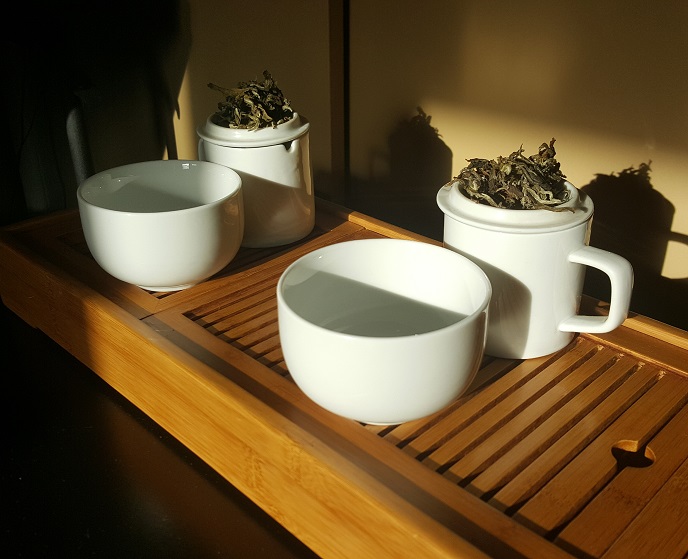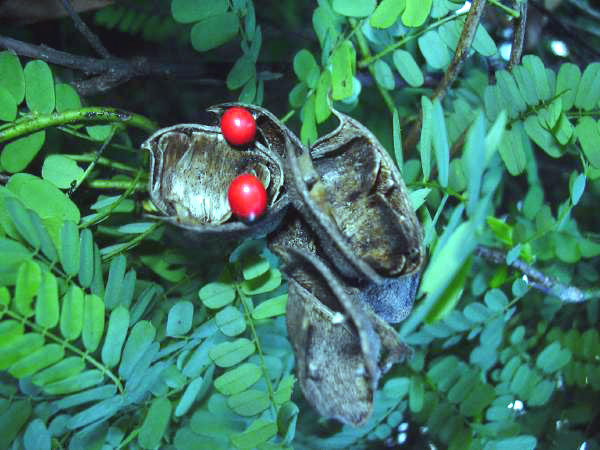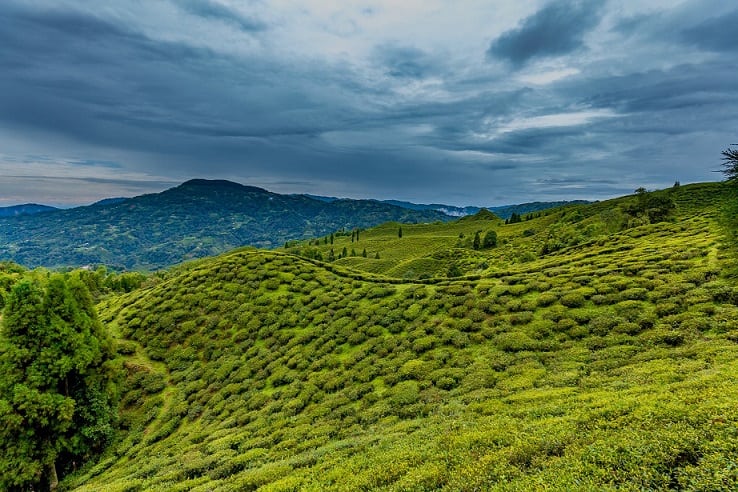I think it’s high time I talk about the Castleton estate.

Again.

I don’t consider it spring until I’ve had a first flush Darjeeling in my mouth. This year, though, it took me a little longer to get to my “stash” of first flush Darjeelings. Most years, the family Lochan sends me a few to get the ol’ palate revved up for the year to come. And, as with most years, I dive right in. First flush Darjeelings are a special treat to this ol’ tea blogger. Unlike most “black teas”, Darjeeling first flushes aren’t fully oxidized. That’s why they maintain a very “green” palette, and a very floral palate.
Who can you blame for that?

Ja. That’s right.
First flush Darjeelings used to resemble second and autumnal flush Darjeelings; both in appearance and oxidation. However, since the biggest Western importer a few decades back was Germany, they had a sizable influence over how said tea was processed. They wanted to emphasize the natural aromatics of the region when the spring pluck occurred; when the sweet floweriness was the most pronounced. Enter: the greener, more aromatic first flush.
This year, I got a few of the usual suspects from the Lochans—Giddapahar, Rohini, Avongrove, etc. But there were a few in there that caught a second glace for another reason. I’d never heard of them.
Throughout 2018, there was one name I could not escape.
Latumoni.
It was the name given to a village in Northeastern Assam, situated in the uppermost part of the Dibrugarh district. It was apparently so remote; it didn’t even show up as a physical location on Google Maps. (At least, not in English.) Stranger still, trying to find a definition to the name “Latumoni” proved equally as nebulous. This Wikipedia entry for a tree kept popping up.

After double-checking with someone, I learned that—indeed—the Assamese name for that tree was “Latumoni”. Abrus precatorius (the science-y name for it) used to grow plentifully in the region, and the red seed pods were often used in decorations. How it became the name of the village proper is anyone’s guess.
What’s this all have to do with tea? I’m getting to that.
Gopaldhara is a tea estate in the Mirik Valley in the Darjeeling district of the Indian state West Bengal. Like many such tea estates in the region, it began its life in the late 19th century. Plotted and planted by a bunch o’ Brits.

Image owned by Gopaldhara.
It derives its name from the original owner of the land, prior to tea planting—someone named “Gopal”—and the existence of natural streams that wound along the landscape; colloquially known in the old Lepcha language as “dharas”. Hence the name, Gopaldhara.
Over the course of the Summer, I was occasionally called upon by my brother and his wife to watch this li’l guy.

Why does he have a cone on? I’ll get to that…
Bro and sis-in-law were called away this time to take on the wilds of Canada with her family. I housesat and dog-sat in the interim. The first couple of days saw the dog and I getting used to each other, as is often the case. The galoot would test the boundaries (and my patience), and I would develop a routine around his quixotic, Bernardian behavior.
The wrinkle this time around was his butt. No really.
Before the bro-fam left for Canada, a flea had bitten him, and said hindquarters itched profusely. He would do what any dog did – bite the ever-loving hell out of it. Unfortunately, being a dog, he didn’t know when to stop. Hence…cone.
For the house/dog-sitting week, I only brought a few teas to subsist on. One of these was Norbu Tea’s Thurbo Oriental Moon, First Flush, 2014. I had plenty of it, and I figured it would do the trick. If it didn’t, I brought back-ups.
Short version: I never had to rely on the back-ups.
The leaves were like that of first flushes I’d seen before, but what surprised me more was how tippy the leafy bouquet was.

Seriously, like, every other piece was a tip varying amounts of downy fuzz present. Usually, such a thing is only present on Darjeeling oolongs, but I wasn’t complaining. The dry aroma was nutty, slightly citrusy, and – of course – herbaceous by any good first flush standards.
Brewing was easy enough. 1 teaspoon, 6oz. steeper cup, hot water, three-minute steep…and done. Yet I still observed a bit of care when brewing – making sure I didn’t over-brew. Some Darjeelings didn’t take to that well.
The liquor brewed to a green tea-ish pale gold with an aroma of grapes and nuts.

I swear, Darjeelings this year have had the grapiest aromas compared to prior ones. Not muscatel wine grapes, just straight grapes. This was one of the sweeter ones on fragrance alone. Taste-wise, there was a creamy introduction, followed by something akin to…blueberries(???)…and a finish akin to a dry Riesling. Of all the first flushes I’ve tried thus far this year, I think this was the best.
No wonder I lived on it.
Over the course of the week, I brewed it hot in the mornings before work and got the dog fed. After work, I brewed the same leaves iced prior to a dog walk.

It held up just as sweetly in a pint glass on the rocks.
The owners came home to a happy dog-sitter and a slightly spoiled brat of a Saint Bernard.
I’m not sure why I always turn to Darjeeling every time I watch that dog. Heck, this is the second (or third?) blog I’ve written on the subject. But, hey, if it ain’t broke, don’t fix it. Or just put a cone on it.
Powered by WordPress & Theme by Anders Norén